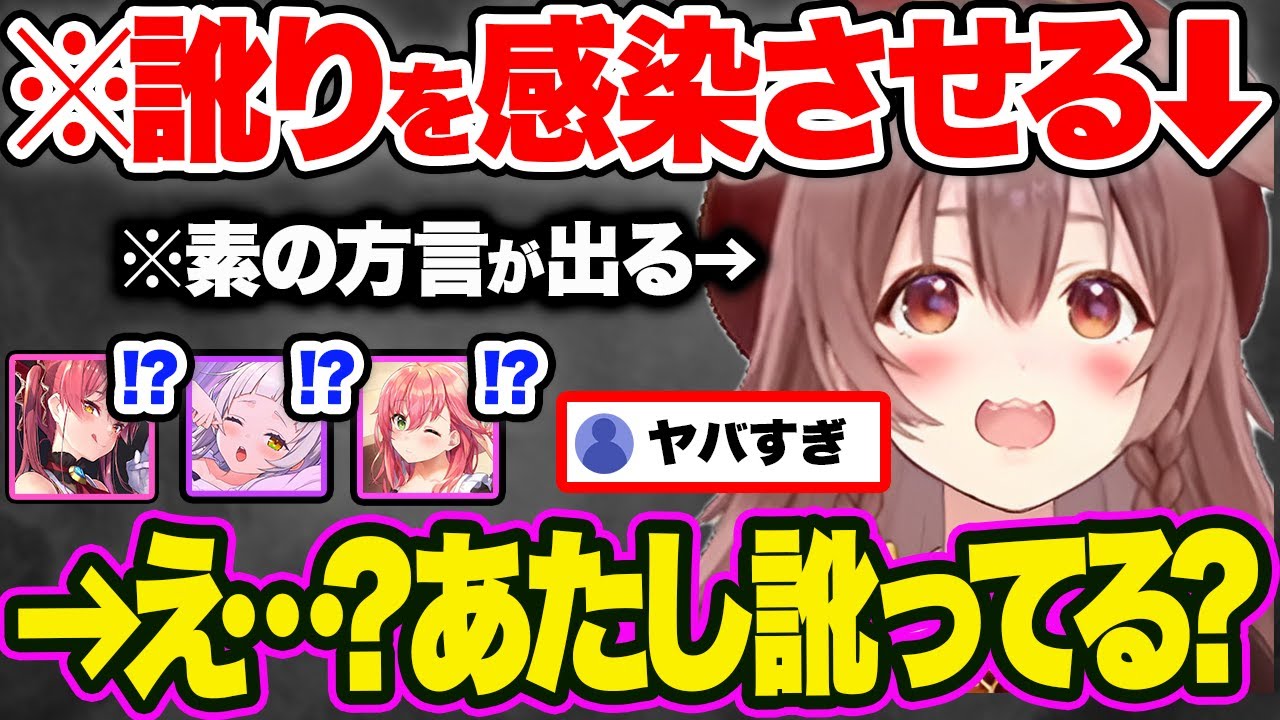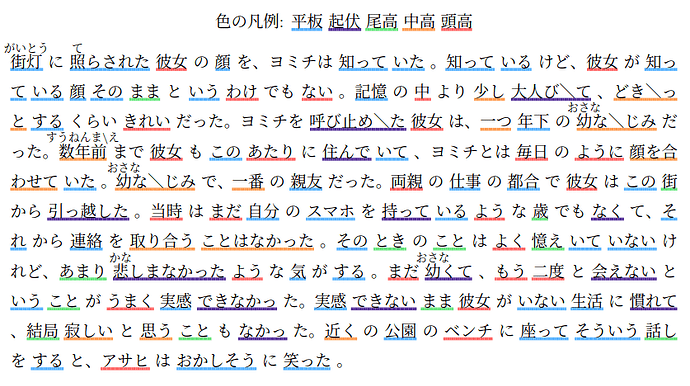Hello and welcome to my Japanese pronunciation study log. I will keep track of my progress and share my findings related to Japanese pronunciation here.
My starting point is a native Belgian French pronunciation and my end goal is a mix of 東京弁 and 博多弁. Realistically speaking, nearly all resources and content are in 標準語 so unless I decide to move to 福岡, that 博多弁 pronunciation will most likely never materialize. At least, that gives me more leeway, like affording to say typically 平板 verbs in a 中高 fashion because that’s what happens in 博多弁 (screw long 平板 verbs, I don’t like them).
For the longest time, I was deaf to pitch accent, scoring a miserable 50%-60% on minimal pair tests but a few months ago, I unlocked a new sense, and now I can finally reliably hit 95%+ accuracy (it only took two years of trying…). So I figured, now would be a good time to start my pronunciation training arc.
However, drilling phonetics can often be dull, repetitive, and demotivating, so I’ve decided to start a public study log to help keep myself accountable. There’s also a noticeable lack of resources on improving Japanese phonetics and prosody specifically from the perspective of a native French speaker—most comparisons tend to focus on English, Chinese, or Korean. In the spirit of “being the change you want to see in the world,” I hope this log can also contribute to the broader pool of knowledge on the topic.
Sorry, what? Are you saying a French person may not think about searching an English forum for tips on improving his/her accent in Japanese? Pff, don’t be ridiculous.
The current plan of action is to regularly chorus short segments from “Shadowing 日本語を話そう 初~中級編” in Audacity, go through the exercises in Aomi Speaking, and book corrected reading sessions with teachers on iTalki.
Off the top of my head, here are the main pain points I’d like to address:
- Pronunciation of Japanese words that I knew prior to learning Japanese (e.g. arigatō, konnichiwa, samurai, sushi, manga, …): these borrowed words have made it into French and I’ve been saying them in a naturalized way for so long that I can’t seem to shake off this fossilized pronunciation. In particular, I hate the fact that I’ve never managed to output a convincing ありがとう(ございます).
- ふ sounds: due to my background, I have to say words such as フランス語 and ソフトウェア very frequently but I do not have [ɸ] in my native language so it always comes out wrong.
- Stop raising the pitch and lengthening the vowel sounds at the end of utterances: this bad habit can probably be attributed to the intonation pattern of French. Honestly, I am not sure how I can fix this except occasionally reminding myself of this tendency.
- Get better at pronouncing quick successions of た行 and か行 sounds (e.g. 暖かくない、行きたくなかった、前から戦っとったと?、他)
- Learn to pronounce 平板 words without dropping pitch mid-way: so many 平板 words and yet I find it tiring and weird to keep a level high tone.
To give a better picture of my current level, I will post a recording of a 朗読 session later this week.
Hopefully, I’ll be able to upload a recording of the same book passage multiple months down the line and notice an improvement. ![]()



